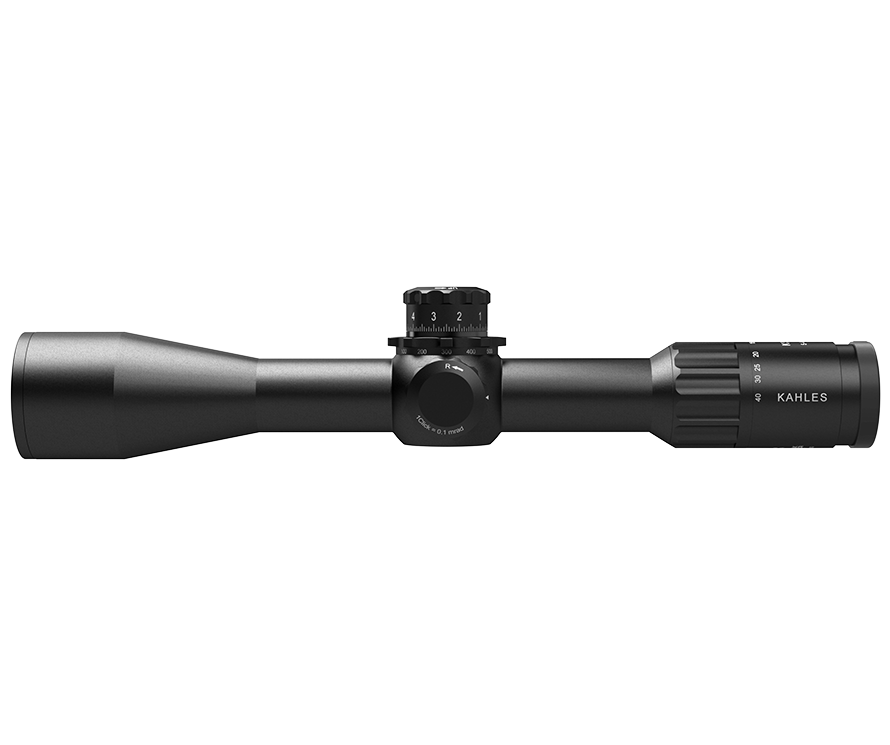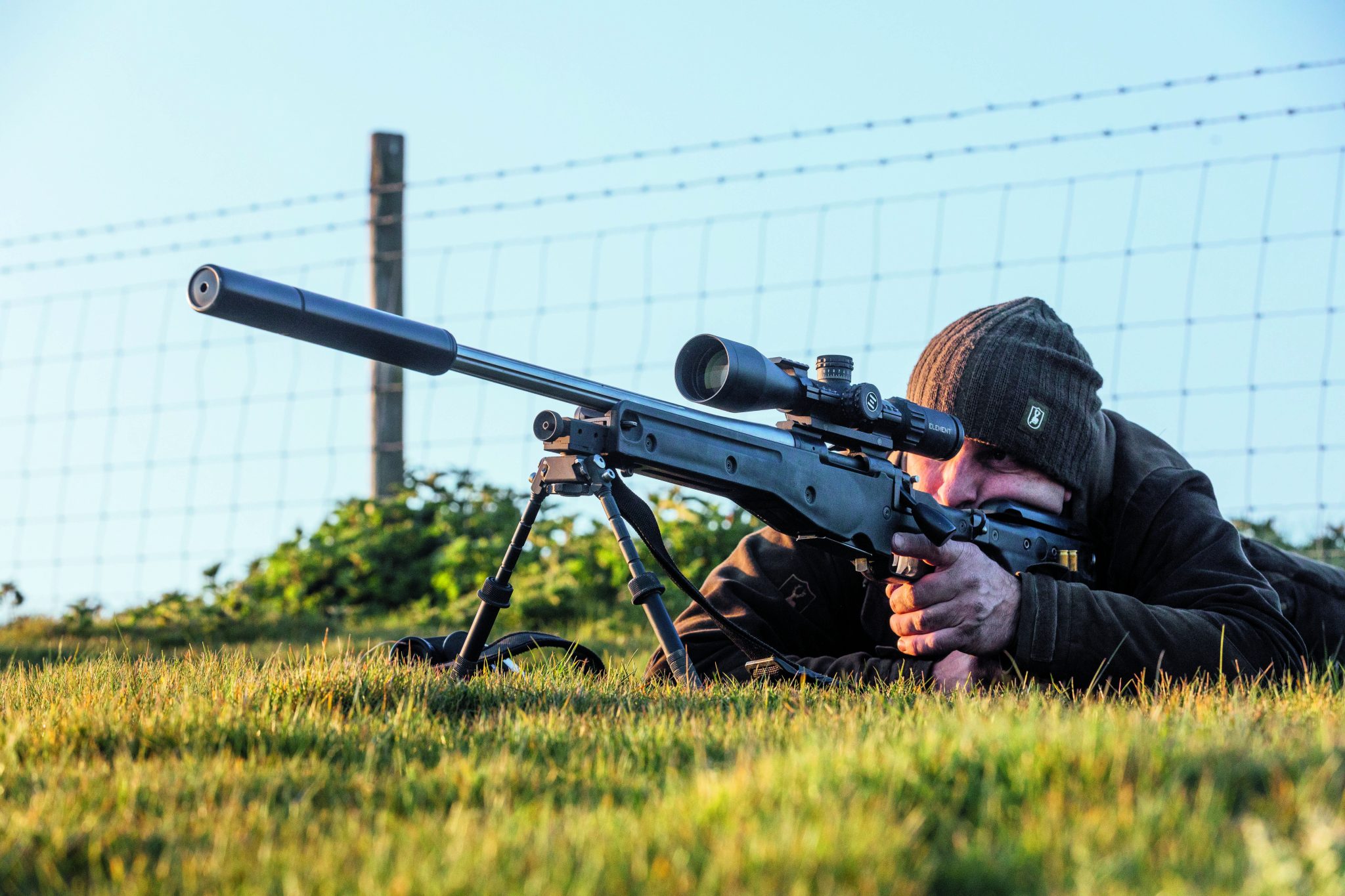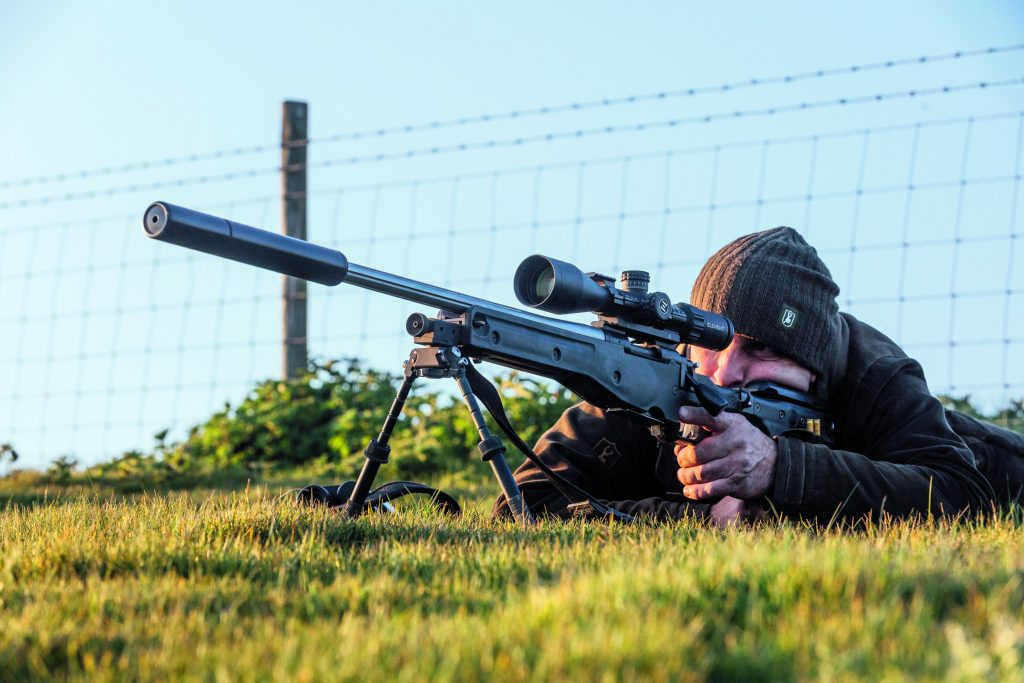News
Do police know the law on guns?
<strong>How widespread are Durham Police's mistakes?</strong>
Would you like to speak to our readers? We offer sponsored articles and advertising to put you in front of our audience. Find out more.
Last year an investigation by the Independent Police Complaints Commission (IPCC) found that Durham Police made “inexcusable” blunders when dealing with a man who later shot dead three people with firearms he held legally (News, 28 November 2012). Michael Atherton shot his partner and two other family members before shooting himself at his home in Horden, County Durham, on New Year’s Day 2012.
But Mr Atherton had a history of violence and was an unlikely candidate to have a certificate. Yet Durham Police claimed to have overhauled its licensing system following the conviction in 2010 of two Firearms Enquiry Officers (FEO) for illegally selling guns handed in for destruction. The trial judge described the licensing system in Durham as “lax and chaotic”.
If things could be that badly wrong in Durham, what might be happening elsewhere? I made a Freedom of Information (FoI) request to 44 police forces in Britain to find out how they manage licensing and what sort of training staff are given. I also wanted to know if management was top heavy and whether there was a disproportionate number of backroom staff.
Processing rates
Analysis of figures in the public domain show that, averaged over a five-year cycle, each member of licensing staff processes about five certificates per week. There is a wide disparity between forces, with the worst processing 1.7 certificates per person per week and the best 8.9.
Seven forces failed to respond to my request. Gloucestershire refused on the grounds it would take more than 18 hours to count the staff (there are about 11) and the training they had undertaken. Kent initially refused to tell me how many FEOs it employs because it thought such detail would indicate the likelihood of a home visit and prejudice law enforcement.
The most labour-intensive operation is the grant of a new certificate — the time spent by the FEO on each grant is reckoned to be about three times that of administrative staff. Renewals take less time, with the FEO spending about 1.5 times as long as the administrator. A crude analysis suggests that there should be about two FEOs — the frontline staff — for every administrator.
Between them, the forces that replied had 80 managers, 227 administrative staff and 239 FEOs. Even if you ignore the managers, the number of administrators is close to that of the FEOs and nowhere near the 2:1 ratio one might expect. It suggests a top-heavy back office.
You don’t need a police officer to issue a certificate. It can be done by a civilian, so I was surprised that 15 of the 80 managers are uniformed police officers, as are 14 of the FEOs and two of the administrative staff. Using police officers increases costs without any benefit to public safety or service to the certificate holder.
It’s essential that staff are trained properly if the licensing system is to work efficiently. Poor training leads to mistakes and the job is likely to take longer. Lack of a common training standard largely explains the variations in performance and service between the best and the worst forces. Training for office staff is generally related to IT.
The only national training course for FEOs I am aware of is that known as the “Dorset course”. Of the 239 FEOs, only 89 had done a nationally recognised course, though this figure includes explosive licensing courses as well as the Dorset course. Seventy-six FEOs had been trained in-house and the largest number, 96, had learned on the job while some had undergone more than one type of training. It seems that Durham is not alone in having insufficiently trained FEOs.
Firearms experience
It’s desirable that staff should have some experience of the sporting use of firearms, especially if they are responsible for land checks. I asked how many held or had held a firearms certificate (FAC). Nearly half the responding forces declined to answer on the grounds it was personal information. Four forces had no staff with an FAC and the others totalled 37. Extrapolated, and assuming all holders were FEOs, this would mean around a third of frontline staff had relevant firearms experience. Some others also had experience in the services or as police firearms officers.
The Chief Officer is responsible for the licensing process but since 1968, when they were given the right to delegate their authority, few have taken much interest in licensing. In the light of Durham’s “lax and chaotic” system, my FoI request sought to ascertain the level to which authority was delegated and the length of the management chain.
The management chain is likely to be longer in a large force than a small one and the level of delegation much greater. If you’re handling an average of more than 100 certificates per week you need more than one person with the authority to approve or refuse. The apparent status of the licensing manager is also relevant to the degree of delegation. At least one is a retired superintendent while another reports to an inspector, suggesting he is at sergeant level — a huge disparity in managerial skill and experience.
In a handful of forces, the licensing manager reports directly to the Chief Officer. That’s an ideal management chain because it’s short and it’s clear where the buck stops. However, in one force with a modest 10,500 certificates in issue, there are five layers of management between the licensing manager and the Chief Officer.
Overall, there seems to be too many layers in many forces. Ideally, the licensing manager would report to an assistant chief constable and then to the Chief Officer — even in the largest forces — because excessive layers of management are a recipe for confusion and obfuscation.
There’s nothing in my research to indicate that other forces are in the same dire situation that Durham was. But it is evident that far too few FEOs have done any nationally recognised training and that needs rectifying urgently. Many forces could look at their staffing levels, which seem heavily oriented towards the back office rather than the frontline. Management structures should also be reviewed and shortened where they are too long. But maybe they’re long in some forces because the licensing manager is too junior or inexperienced to shoulder more responsibility.
Related articles
News
A sound decision as moderators to be taken off licences
The Government has finally confirmed what the shooting community has long argued – that sound moderators should be removed from firearms licensing controls
By Time Well Spent
Gamekeeping news
News
Devastating effects of keepers downing tools
A 20-year experiment highlights the dramatic decline in our red-listed birds after predator control ends, proving the vital role of gamekeepers
By Time Well Spent
Manage Consent
To provide the best experiences, we use technologies like cookies to store and/or access device information. Consenting to these technologies will allow us to process data such as browsing behavior or unique IDs on this site. Not consenting or withdrawing consent, may adversely affect certain features and functions.
Functional Always active
The technical storage or access is strictly necessary for the legitimate purpose of enabling the use of a specific service explicitly requested by the subscriber or user, or for the sole purpose of carrying out the transmission of a communication over an electronic communications network.
Preferences
The technical storage or access is necessary for the legitimate purpose of storing preferences that are not requested by the subscriber or user.
Statistics
The technical storage or access that is used exclusively for statistical purposes.
The technical storage or access that is used exclusively for anonymous statistical purposes. Without a subpoena, voluntary compliance on the part of your Internet Service Provider, or additional records from a third party, information stored or retrieved for this purpose alone cannot usually be used to identify you.
Marketing
The technical storage or access is required to create user profiles to send advertising, or to track the user on a website or across several websites for similar marketing purposes.





